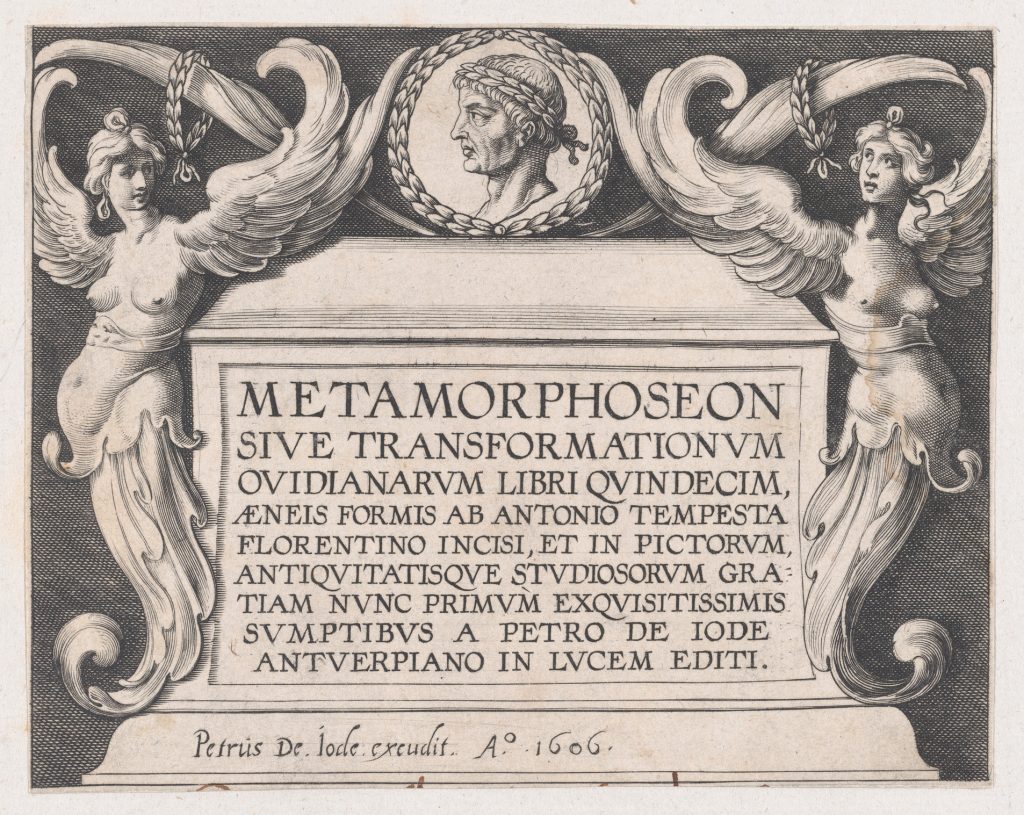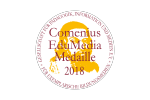Recently, we wrote why we think text is so powerful. This time, we would love to shed a light on the flexibility of the written word: from adventure novels to news articles, the possibilities are endless.
Yes, the possibilities of what you can do with text are actually endless. However… in general, we can divide texts into three basic categories:
- Expository texts
- Narrative texts
- Argumentative texts
These characteristics are called rhetorical modes or modes of discourse. Here’s how they differ.
Expository
The first kind of texts are expository texts. Such texts are written in order to educate the reader on a topic. The author provides them with facts and wishes to explain the truth on a certain matter. What matters here is that the text is written in a clear and organized way, in order to get to the point in an efficient way. Some examples of expository texts are scientific articles, instruction manuals, news articles, textbooks in high school, recipe books, and self-help books on a wide range of topics.
However, these expository texts come in different shapes and sizes:
- Sequential expository texts follow a chronological order or steps in order to clearly describe something. This is done with keywords and -phrases that indicate what is going on: ‘first’, ‘initially’, ‘meanwhile’. An example of this kind of expository text is a recipe for apple pie.
- Descriptive expository texts are used to define and explain a certain concept or system: the guide to your brand new television, for instance.
- Comparative expository texts relate a certain concept or object to another one, and aims to see how they are alike or different. A book on different kinds of birds, for example, will detail how every kind of bird has its own unique elements.
- Cause and effect expository texts discuss events and how they have effects on other events. Take the history book in your old classroom for instance, which detailed the domino-effect causing the World Wars.
- Propositional expository texts, which lean towards argumentative texts, aim to convince the reader that a certain issue exists and that it should be solved in a specific way. Self-help books might be categorized as propositional expository texts: first, they demonstrate what your issue is, and then they argue how you could improve this problem.
Expository texts:
- Educate
- Contain facts
- Are organized and efficient
Narrative
We’re all familiar with narrative texts: they recall something that has happened. From adventure novels and fairy tales to historical fiction and play scripts, all these kinds of texts are commonly written in a narrative form. It’s important to note however, that narrative texts do not have to be fiction. Memoirs and biographies are also written in a narrative form, after all. This type of text is created to entertain the reader: the author tells the reader about a true or fictitious event in order to amuse them.
There’s usually several elements to a narrative text, such as:
- A narrator that tells the story
- First person narration: the story is written as if it happened to the author him- or herself
- Third person narration: the author describes what happened to other people
- Multiperspectivity: the story is told from several perspectives, meaning there are multiple narrators
- A plot, which creates the structure of a story
- Characters who experience events in the story
- Motives and/or themes

Narrative texts have been around for thousands of years. Some centuries-old narrations are still in use to this day. Take the story of Pyramus and Thisbe, described in Ovid’s Metamorphoses, a narrative poem written in 8 AD. This story, which is over two thousand years old, tells about two star-crossed lovers in Babylon who are not allowed to wed by their family. After arranging a meeting, a terrible confusion leads to the suicides of both characters. Sounds familiar? Ovid’s classic tale has been retold countless times, most famously through William Shakespear’s Romeo and Juliet.
Narrative texts:
- Entertain readers
- Tell a story about an event
- Have certain elements such as a narrator, characters and a plot
Argumentative
An argumentative text does just that: provide the reader with one or more arguments in a discussion. Also called persuasive writing, argumentative texts want to convince the reader of a certain point of view through the use of arguments. While essays might be the most obvious argumentative texts, there’s many others. Take advertisements for instance, as well as curriculum vitae, editorials and critical reviews.
The arguments in argumentative texts are built up using supporting evidence, which are usually facts or opinions to convince the reader. There’s three main methods behind these arguments:
- Logos: convincing the reader by logic and reasoning
- Ethos: convincing the reader through the authority of the writer
- Pathos: convincing the reader through emotions
These rhetorical appeals were famously described by Greek philosopher Aristotle. In his book about these means, the Ars Rhetorica, he summed up the possibilities of logos, ethos and pathos in order to convince. Other ancient authors such as Protagoras, Gorgias and Plato also wrote about rhetorical appeals to convince audiences.
Argumentative texts:
- Want to convince the reader
- Contain arguments in a discussion
- Clearly states the point of view of the author
Sources
- https://en.wikipedia.org/wiki/Text_types
- https://study.com/academy/lesson/what-is-expository-text-definition-types-examples.html
- http://p3cdn4static.sharpschool.com/UserFiles/Servers/Server_1212649/File/migration/ExpositoryTextFramesHandout_003.pdf
- https://en.wikipedia.org/wiki/Narrative
- https://en.wikipedia.org/wiki/Rhetorical_modes
- https://en.wikipedia.org/wiki/Rhetoric_(Aristotle)
Header image: Artur Tumasjan





